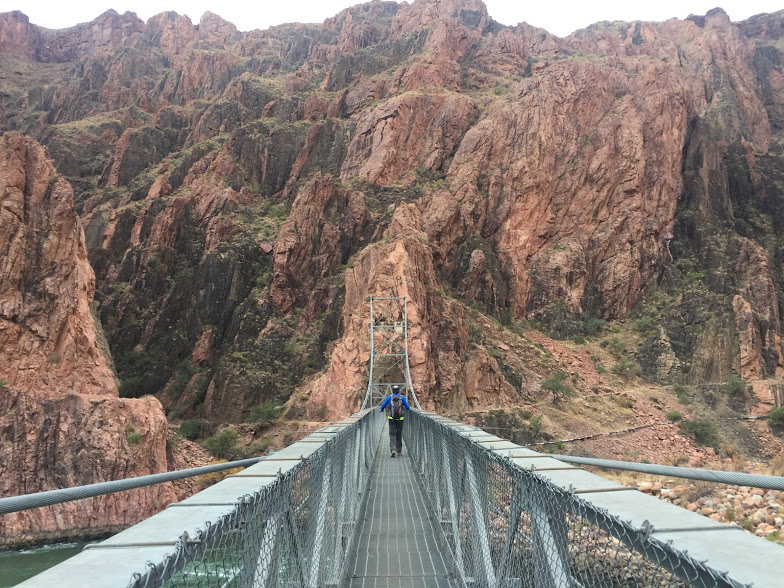This is a Google Streetview of the Beginning Point of the U.S. Public Land Survey, the point from which the United States in 1786, driving by efforts of Thomas Jefferson, began the formal survey of the lands known then as the Northwest Territory, which now make up all or part of Ohio, Indiana, Illinois, Michigan, and Wisconsin. I believe that townships, ranges, sections, and the like, all common today, derive from these efforts.
The survey is claimed to be the first major cadastral (a comprehensive land recording of the real estate or real property’s metes-and-bounds of a country) survey undertaken by any country. The point now lies underwater on the state line between the states of Ohio and Pennsylvania. The actual point it is actually submerged. This monument commemorates the point adjacent to the nearest roadway.
